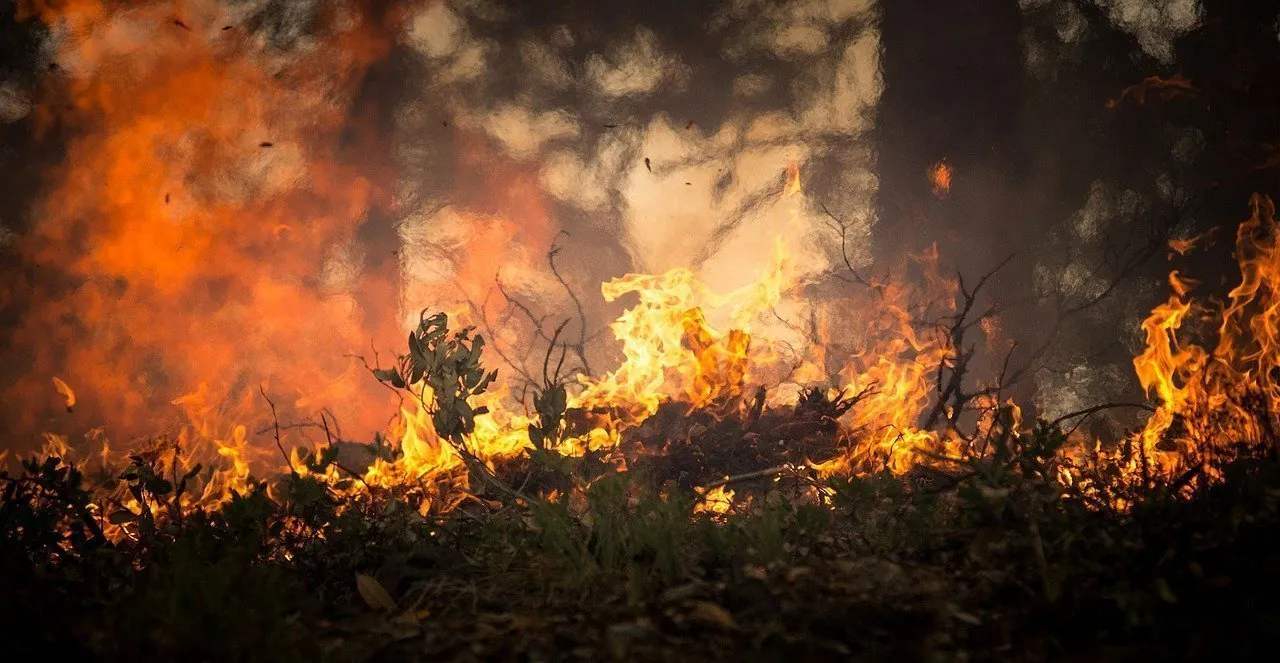Artificial Intelligence
Omdena Develops AI Technology to Detect Amazon Wildfires

Omdena has developed an AI technology capable of detecting the outbreak of wildfires in Brazil. Prior to the arrival of the rainy season, the Amazon rainforest had been dealing with massive amounts of destruction brought on by the fires. According to the company, Omdena is “a global platform where a community of changemakers builds AI solutions to real-world problems through collaboration.”
One of the best ways to fight against wildfires, which are present all around the globe and expand rapidly, is to quickly extinguish them through early detection. This is what Omdena has set out to do, and it can prevent vast areas of forest from being destroyed.
The new system was developed in partnership with Sintecsys, a commercial agriculture technology company. They are responsible for monitoring 8.7 million acres of forest and agricultural land throughout four biomes, including the Amazon rainforest. The system processes images from 360-degree cameras that are present on towers throughout the area, alerting staff whenever there are flames or smoke. Their system has reduced fire detection time from an average of 40 minutes to under 5 within 3 years.

Amazon fires 15-22 August 2019 (marked by orange)
The team at Sintecsys knew that AI could help distinguish between real concerns and false alarms. Because the system did everything to avoid missing any fires, there was a high rate of those false alarms. The staff was required to confirm each individual fire alert before firefighters could be notified, and these extra steps meant a delayed response to actual fires. In just a small amount of time, drastic amounts of damage can take place. As more time goes on, it also gets much more difficult to contain any fires.
“Every second counts in order to preserve life,” said Osmar Bambini, Sintecsys Head of Innovation. “Speed, accuracy, and power sum up my perception of Omdena. For Sintecsys, from now on Omdena is the official AI partner.”
Setting out to reduce the detection time even further with artificial intelligence, Omdena’s team of 47 data scientists from 22 countries joined a small internal AI group at Sintecsys. They undertook an eight-week machine learning project, which added to Omdena’s history of building AI solutions through global collaboration. The team was able to develop a system that had an accuracy rate of 95% for identifying smoke and flames in daytime images, and they were able to finish it within two months. The system greatly reduced false alarms, and there is no longer a delay to call firefighters.
There have been more than 800 people from over 75 countries who have participated in the project. The AI system will be fully deployed by early March.
“Omdena provided Sintecsys with a ten-fold increase in the size of their AI team,” said Rudradeb Mitra, Founder of Omdena. “Our diverse experts brought deep AI knowledge and experience to solve the problem of accurately detecting wildfires from real-time images.”
Sintecsys and Omdena are now working on a second project that involves the detection of smoke and fire outbreak in nighttime images. The team will also utilize satellite imagery to have a better understanding of what is happening on the ground.
Omdena will undertake follow-on projects to make the system smarter through AI, and it will be used to identify high-risk areas.
“More than 90% of fires are caused by humans, either intentionally or accidentally. The places where farmers have been clearing land and where people are settling are the highest risk spots,” says Bambini. “If we can use AI to pinpoint those areas, we’ll be able to predict where fires are most likely to happen.”
Some of Omdena’s partners include the UN World Food Programme and the UN Refugee Agency. The company is an Innovation Partner of the United Nations AI for Good Global Summit 2020.











